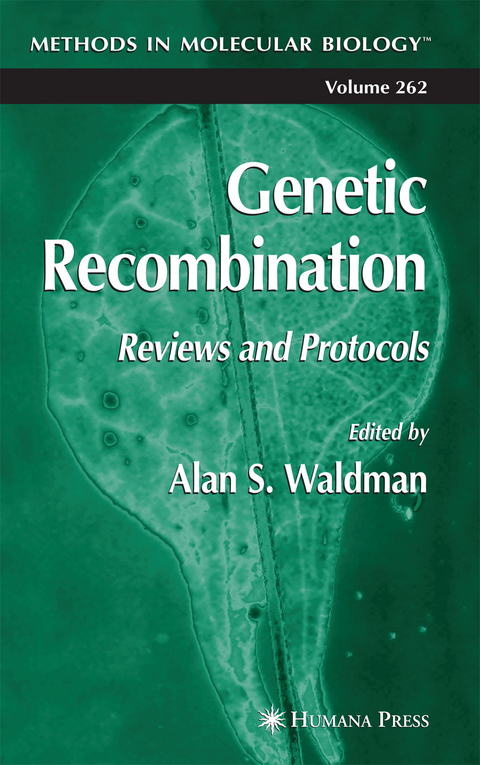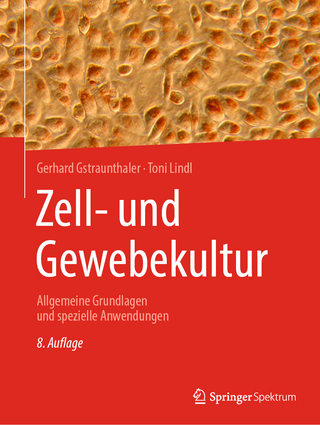
Genetic Recombination
Humana Press Inc. (Verlag)
978-1-61737-442-5 (ISBN)
Studying Recombination Events in Eukaryotes.- Determination of Mitotic Recombination Rates by Fluctuation Analysis in Saccharomyces cerevisiae.- Determination of Intrachromosomal Recombination Rates in Cultured Mammalian Cells.- Intrachromosomal Homologous Recombination in Arabidopsis thaliana.- Analysis of Recombinational Repair of DNA Double-Strand Breaks in Mammalian Cells With I-SceI Nuclease.- Transformation of Monomorphic and Pleomorphic Trypanosoma brucei.- Forward Genetic Screens for Meiotic and Mitotic Recombination-Defective Mutants in Mice.- Recombination as a Reporter of Genomic Instability.- Detecting Carcinogens With the Yeast DEL Assay.- In Vivo DNA Deletion Assay to Detect Environmental and Genetic Predisposition to Cancer.- Recombination as a Tool for Producing Targeted Genetic Modification.- Gene Targeting at the Chromosomal Immunoglobulin Locus.- DNA Fragment Transplacement in Saccharomyces cerevisiae.- Targeted Gene Modification Using Triplex-Forming Oligonucleotides.- Using Nucleases to Stimulate Homologous Recombination.- Enhancement of In Vivo Targeted Nucleotide Exchange by Nonspecific Carrier DNA.- Biochemistry of Recombination.- Chromatin Immunoprecipitation to Investigate Protein-DNA Interactions During Genetic Recombination.- Holliday Junction Branch Migration and Resolution Assays.
| Erscheint lt. Verlag | 10.11.2010 |
|---|---|
| Reihe/Serie | Methods in Molecular Biology ; 262 |
| Zusatzinfo | X, 260 p. |
| Verlagsort | Totowa, NJ |
| Sprache | englisch |
| Maße | 152 x 229 mm |
| Themenwelt | Naturwissenschaften ► Biologie ► Mikrobiologie / Immunologie |
| Naturwissenschaften ► Biologie ► Zellbiologie | |
| ISBN-10 | 1-61737-442-3 / 1617374423 |
| ISBN-13 | 978-1-61737-442-5 / 9781617374425 |
| Zustand | Neuware |
| Haben Sie eine Frage zum Produkt? |
aus dem Bereich


